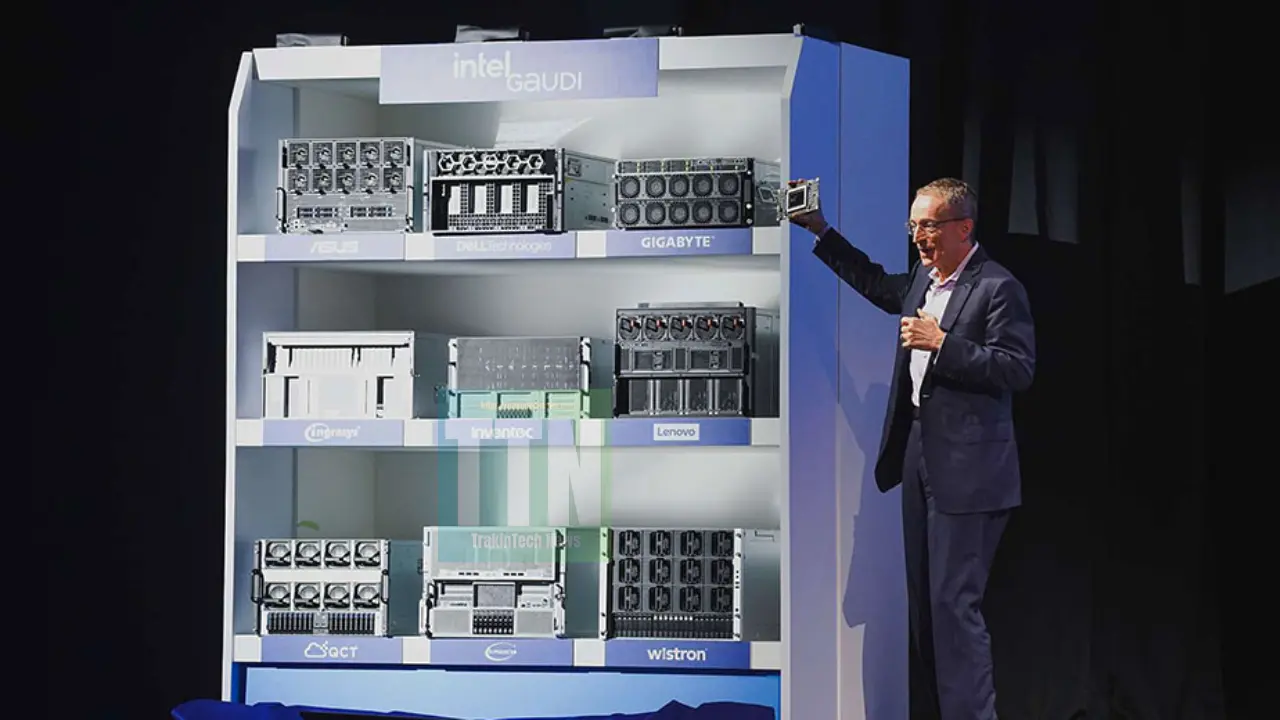Intel, one of the leading chipmakers, has unveiled its latest artificial intelligence (AI) chip, the Gaudi 3. This move comes as tech companies race to produce semiconductors capable of training and deploying large AI models. The Gaudi 3 chip boasts impressive performance improvements over Nvidia’s H100 GPU, making it a strong contender in the AI market.
Key Features of the Gaudi 3 Chip
- Power Efficiency: Intel claims that the Gaudi 3 chip is over twice as power-efficient as Nvidia’s H100 GPU. This efficiency translates to faster AI model training and deployment.
- Speed: The Gaudi 3 chip can run AI models one-and-a-half times faster than Nvidia’s H100 GPU. This speed advantage is crucial for applications like speech recognition and natural language processing.
- Configurations: Intel offers different configurations for the Gaudi 3 chip. It can be bundled as eight chips on a single motherboard or as a standalone card that fits into existing systems.
- Use Cases: Intel tested the Gaudi 3 chip on various models, including Meta’s open-source Llama and the Abu Dhabi-backed Falcon. It’s suitable for training and deploying models like Stable Diffusion and OpenAI’s Whisper model.
Competition with Nvidia
Nvidia currently dominates the AI chip market, with an estimated 80% share. Its graphics processors (GPUs) have been the go-to choice for AI builders.
However, Intel aims to challenge this dominance with the Gaudi 3. The data center AI market is expanding, and companies are seeking alternatives to Nvidia’s GPUs due to cost considerations.
Availability and Pricing
Intel plans to make the Gaudi 3 chips available to customers in the third quarter of 2024. Dell, HP, and Supermicro are among the companies set to build systems using these chips. While Intel hasn’t disclosed the exact price range, it expects the Gaudi 3 to be highly competitive with Nvidia’s latest offerings.






